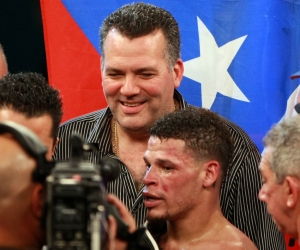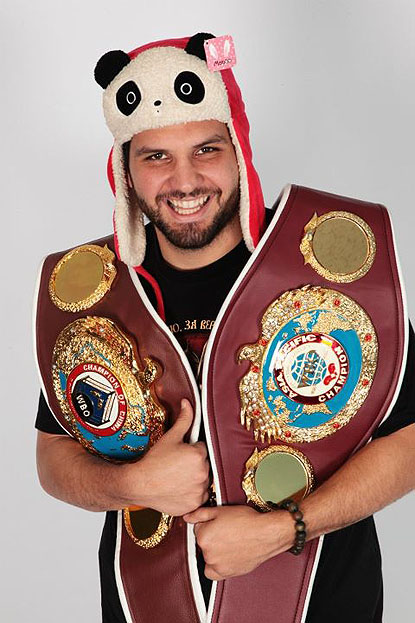 With the Klitschko brothers and WBA champion Alexander Povetkin having defended their respective titles over the past several weeks, the question now turns to “Whose next?”
With the Klitschko brothers and WBA champion Alexander Povetkin having defended their respective titles over the past several weeks, the question now turns to “Whose next?”
This is a question that becomes increasing more difficult to answer considering that the United States – the historical standard bearer of heavyweight champions – is suffering a heavyweight drought and that heavyweight contenders across the world are getting less and less exposure.
How many American’s had ever heard of top ten heavyweight contender Eric Molina before he fought Chris Arreola? How many boxing fans outside of England were familiar with Dereck Chisora before his fight with Vitali Klitschko?
Maybe, just maybe, the next Rocky
Balboa will emerge from the great unknown to excite boxing fans again and show the world why heavyweights matter.
With that in mind, FightNews is proud to introduce “Rocky Lives!”
Each month, FightNews will profile a relatively unknown, unheralded heavyweight contender with title fight aspirations who might just be the Jeremy Lin of boxing.
This month’s contender is Chauncy Welliver.
FIGHTER PROFILE:
Name: Chauncy “The Hillyard Hammer” Welliver
From: Spokane, Washington
Record: 52-5-5, 20 KOs
Rankings: #6 WBC, #9 WBO
Notable Fights: Moyoyo Mensah (TKO 9), Rob Calloway (W 12), Lawrence Tauasa (TKO 4), Odlanier Solis (LTKBY 9), Billy Zumbrun (W 8), King Ipitan (W 8)
Strengths: Solid defensive fighter with good chin and above average speed. Possess’ very good endurance for a heavyweight of his size. He is the most active heavyweight contender on the planet, with seventeen fights since September of 2009.
Weaknesses: Below average punching power and limited experience against world ranked heavyweights. Welliver has, in the past, come into fights in extremely poor conditioning.
You have to forgive boxing fans in Washington State if they fail to notice that there is a world ranked heavyweight contender living among them. After all, Chauncy Welliver hardly looks the part.
With a constant smile, a disarming demeanor, and a wardrobe that makes him look more like a college hockey fan than a heavyweight contender, Welliver seems like he would be  out of place in the boxing ring. The only giveaway probably would be the WBC logo tattooed on his left arm.
out of place in the boxing ring. The only giveaway probably would be the WBC logo tattooed on his left arm.
But across the Pacific, Welliver is quickly emerging as something completely different: quite possibly the most recognizable heavyweight contender in the world. His October 2011 fight against Rob Calloway in Tianjin, China was viewed by as many as fifteen million viewers on Chinese television and was at near capacity on fight night, with a live attendance of over 5,000 and thousands of fans surrounding the arena to watch the contest on a big screen outside the stadium.
“The sport of boxing in China historically was focused on creating amateur boxers for the Olympics,” commented Welliver’s manager Roland Jankelson. “Essentially the idea for professional boxing in China was introduced with the first WBC fight in China and then the WBO fight that followed. I think that it’s not just the event itself and what happened as a contest but the fact that Chauncy really created sports history on a world stage. No doubt China will become the biggest sports stage in coming years.”
No heavyweight fight of note had been staged in China since 1993 when a badly faded 42-year old Mike Weaver scored a lackluster decision over the notorious Bert Cooper.
But Welliver revamped the image of a heavyweight when he fought in China.
Welliver knows how to engage the public, which added to his appeal in the world’s most populous country. Welliver had no problem embracing the nickname “The Fighting Panda Bear,” even wearing a fury panda hat to press conferences.
“One thing about me, before I was a fighter I was a fan of the sport, and a fan of wrestling,” admitted Welliver about his colorful ring persona. “You almost got to have something to look at, laugh at, something they are going to remember at the end of the day. They don’t remember you without an angle.”
China isn’t the only exotic land where the affable Welliver has won multitudes of fans.
After turning pro in 2001, Welliver remained active, but by in large he appeared to be a regional fighter with a small following in his home state of Washington and almost zero appeal outside of it. Upon building a record of 20-3-3, Welliver had left the Northwest only twice, once for a fight in Louisiana and once to fight in Hawaii. He never fought in any of the major boxing markets like Las Vegas or New York City.
Despite no representation, or perhaps because of it, Welliver decided to relocate and continue his boxing career in a new location in 2004: Auckland, New Zealand.
In the seven years that he fought out of New Zealand, Welliver won over this small, however intensely dedicated boxing community by making it his second home.
“I was looking for a change of scene,” commented Welliver. “and it (New Zealand) was suggested by Shane Cameron and David Tua.”
Welliver was working with David Tua in 2003 as a sparring partner prior to Tua’s second fight with Hasim Rahman and it was through Tua that Welliver met the then undefeated Kiwi prospect Cameron.
“We started sparring and became friends,” explained Welliver. “One day me and Shane just started chatting about where he was from. New Zealand sounded so peaceful and great. It was actually Shane who first brought me down as a sparring partner for one of his fights, at the time I wanted to start seeing the world before my boxing career was over. It was great being able to do that, and as soon as I got there I fell in love with the place.”
Some people were scratching their heads at what seemed to be a perplexing move for the then-21 year old boxer except it proved to be a shot of adrenaline for his career.
“For me I wanted to see the world and New Zealand was a place where I knew a lot of people,” said Welliver. “Plus I knew it was a lot better to be a big fish in a small pond.”
Welliver scored a six round decision over Richard Tutaki in his first fight in New Zealand on December of 2004, and a week later defeated another fighter in Bob Gasio. Within three months Welliver had built up a 4-1 record in the Southern hemisphere and became something of a local celebrity with boxing fans. For the next seven years of his career, Welliver would split his time between Washington and his adoptive home of New Zealand.
“Living in New Zealand is great,” Welliver added “it’s a very clean country and the people are great. I’ve been there for the better part of seven years. Boxing there is kind of an uphill/downhill slide, because when your name is not David Tua or Shane Cameron it’s kind of hard, but right now is probably the hottest time in boxing history in New Zealand. It’s always one extreme to the other.”
Still, the world rankings eluded him, as did major recognition with boxing insiders. Shortly thereafter a relationship developed with the World Boxing Council that would change his career and add a new factor to the equation: Welliver’s almost unrelenting drive to win regional titles.
It started on August of 2005 at the Clearwater River Casino in Lewiston, Idaho when Welliver was matched with the hard-hitting Chris Lewallen (9-0, 9 KOs) for the vacant WBC FECARBOX and WBC Youth title.
Welliver scored a surprisingly one-sided decision victory and suddenly found himself on the radar of one of the major sanctioning bodies. After picking up some relatively meaningless titles like the Canadian American Mexican belt, the Washington State title, and the New Zealand National Boxing Federation title over the next three years, the fighter was poised to take on his first world ranked contender for the WBC International heavyweight title in Berlin, Germany on October 11, 2008 against Odlanier Solis. Welliver, whose battle with his conditioning and weight had plagued him early in his career, was ill prepared to take on the undefeated Cuban.
“I took the fight on ten days notice,” admitted Welliver. “The thing with Solis is, and I can’t lie, I was in New Zealand and I had no money, no fights, nothing. I didn’t do anything after that. I literally gained thirty pounds. I didn’t have the best diet and I wasn’t training. I lived next to a pastry shop and I would go there for breakfast and have a quiche, go home and play video games, and then go eat a pie for lunch. Then I got the call to take the fight.
Welliver weighed in at a near career high of 282 ¼ pounds. It was a troubling sign that a fighter on the day of his most important fight would be in the worst shape of his career. Needless to say, his performance reflected his condition. Solis scored a dominant win over Welliver, winning almost every round before the fight was stopped in the 9th round.
“It was really unfortunate because I remember in that fight, thinking I can really win this thing and then realizing I wasn’t in shape to win it,” he admitted about the last lost of his career. “I’d love to fight Solis again, at the end of the day, I wouldn’t blame him if he didn’t want to fight me again. But I’m (ranked) #6 in the world. For him to get back where he was, he is going to have to fight a guy like me. I’m more than willing to fight him. If he wants a fast track to Klitschko I’ll put my name of the paper and they can fill in the rest.”
“Here’s a guy with no training and no trainer and he flies into Germany and weighs nearly 285 plus pounds,” added Jankelson, who was not working with Welliver at the time, “and he starts winning the fight early and then runs out of gas and complains when the fight is stopped. People don’t have the context. He flew in as the opponent with no training whatsoever, and at 285 he was sixty pounds overweight. What they see on YouTube is not the whole story when you look at the big picture. Right now, it’s a matter of building credibility and I think we are still in that process.”
Welliver then did something that, up to that point, was unheard of in his career. He took a break for a year from fighting to become a sparring partner.
“I was sparring a lot, spending a lot of time over in Germany, it almost made more sense sparring rather than fighting with regards to money. What really got me motivated was when Solis knocked out Monte Barrett in two rounds. I was sparing with Robert Helenius, Marco Huck, and learning a lot, sparring hundreds of rounds. And when I saw that I went nine rounds with this guy on ten days notice and he was looking like a beast against everyone else, it really motivated me. But I was fighting a lot and when you fight a lot you get mentally exhausted.”
It was at this time that Welliver finally decided to dedicate himself to the sport and take his career seriously.
“There had to be an understanding on Chauncy’s part that there had to be a change,” added Jankelson. “He could not compete at the elite level without losing weight. And how do people lose weight? They change their lifestyle and how they eat.”
The next time boxing fans saw Welliver was September 2009 when he stepped in the ring in Auckland against the woefully overmatched David Gemmell weighing in at a more tolerable 266 ¾ pounds. Making up for lost time, Welliver fought three times in October and by November of 2009 he had won the WBO Asia Pacific Interim title with an impressive twelve round decision over Seiaute Mailata. A trip back to the United States followed where Welliver captured the vacant WBC Continental Americas heavyweight title in Oklahoma (March 2010).
Welliver then decided to make another move that was long overdue: He built up a team around him. Signing with manager Roland Jankelson and hiring former heavyweight contender Joe Hipp as his trainer, Welliver finally put together a major league team to help him as he moved into the top ten of the WBC and WBO.
“I met Roland when I was 12-years old and he was a manager of Joe Hipp, and always the big shot manager in the Pacific Northwest.” Welliver said about his relationship with Jankelson, “I knew who Roland was, and I would always chat with him because I wanted to be a boxing businessman. It was great to have that experience. It was cool that he would do that. Years later I gave him a call, still stewing about the Solis fight, and talked to him about possibly getting back on track, and I told him I wouldn’t be bugging him if I wasn’t serious. Before that I sort of went with the Butterbean angle. But I wanted a change, I wanted to be real. We went over to Seattle to meet with him and a few months later we were fighting for the Continental Americas belt.”
With Jankelson now guiding Welliver’s career, his relationship with the WBC and WBO flourished. Over the course of 15 months, Welliver would defend his WBO title twice and his WBC title five times. Although criticism existed over the level of competition, his activity was winning converts with many boxing insiders who recognized that Welliver was a “fighting champion.”
“Me and Roland, the one thing we agreed on is that we need to keep real busy,” commented Welliver.
By June of 2011, Welliver was ready to invade China, taking on Samoan Lawrence Tauasa for the vacant WBC Asian heavyweight title. Welliver dominated the normally durable Tauasa, stopping him in the fourth round. Tauasa had lost a close majority decision to Polish heavyweight contender Albert Sosnowski in a WBF title fight in 2006, and many assumed that he would be a difficult fight however Welliver, weighing in at a career low of 236 pounds, conquered his opponent with ease.
“The interesting thing about him is he was a last minute replacement,” Jankelson said of Tauasa. “The scheduled opponent was not able to complete his visa arraignments and we were already in China. Tuasa was living in Hong Kong, and he didn’t have a visa issue. We were fortunate to get him. I was reluctant to take on that level of opponent without preparing for that level of opponent. But we thought Chauncy was up to the task, and he was.”
Recognizing a winning formula, Jankelson brought Welliver back to China four months later in a fight with former cruiserweight contender and 85-fight veteran Rob Calloway for the interim WBO Asia Pacific heavyweight title and vacant WBO China Zone heavyweight title. Again Welliver came in at a svelte weight (233 ¾) and again he dominated.
“The strategy is visibility,” commented Jankelson. “The more you are out there the more people pay attention to you.”
With a eye opening 52 wins under his belt, coupled with his world ranking, there is little question that Welliver looks poised to make a move in 2012. Although Jankelson wants his fighter to take a short break this month, there are already plans for another WBC Continental America’s title fight in the near future and a possible spot on the undercard of the Monte Barrett versus Shane Cameron fight in New Zealand on May 30th.
Jankelson insists that a major fight against a world ranked contender is in the works in the near future. Regardless if Welliver fights a contender – or a Klitschko – before the end of the year; the question remains: “Can he pull it off?”
“There is one way to beat Klitschko and that is aggression,” commented Welliver on his chances against Wladimir Klitschko. “I’d like to think I’m a better fighter than Corrie Sanders (who stopped Wladimir in two rounds), and the thing is I have a great chin. He can keep on punching but my goal is to make him tired and I would keep on coming all night like a train.”
Welliver and his team realizes that no critic would pick him to defeat a Klitschko brother, considering the Solis fight and his relative lack of knockouts over limited opposition however Jankelson knows that there is something special with his young protégé.
“My strategy is to have a fighter who gets better and better and better,” outlined Jankelson. “What I do know is you got to keep winning and eventually the circumstances will be there and he will get his world title fight opportunity. But it is not just getting the title fight, I want him to win. When he gets there I expect him to win, and he expects to win.”
Welliver is even more optimistic about when he’ll be in line for a title fight.
“It looks like (Wladimir) Klitschko wants Chris Arreola in June. And after that he’s got an open spot. And I can see me being in a November or December fight with Klitschko. I lost the Solis fight, but I went 17-0 since then, I think I earned my way back. I don’t want to jinx myself, but I feel I’m going to get a title fight in 2012.”
Perhaps Welliver and Jankelson are on to something.
Welliver is clearly a new school fighter with an old school mentality. He is one part Walmart style globalization, one part Jack Dempsey era ring activity, one part business savvy entrepreneur, one part gambler, one part All-American kid next door, and one part Chinese rock star all wrapped into one.
The question still remains though: Is there one part world champion in that mix that we don’t know about yet?
Story by David Finger
Photos courtesy of Hannah McConnell with Tot Shot
http://www.fightnewsextra.com/cc/2012/03_rockylives01.htm
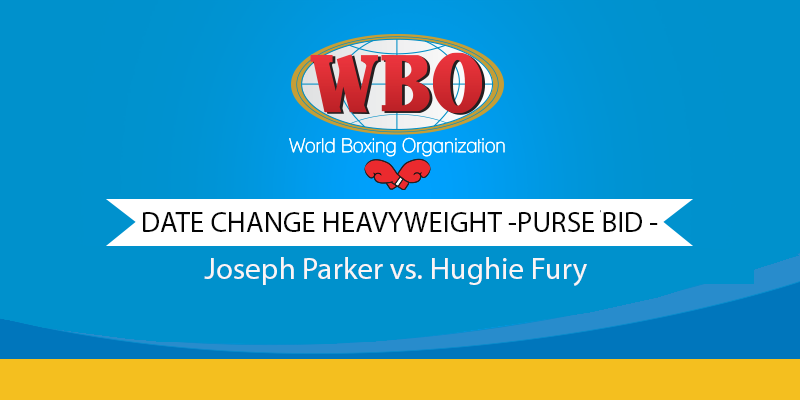
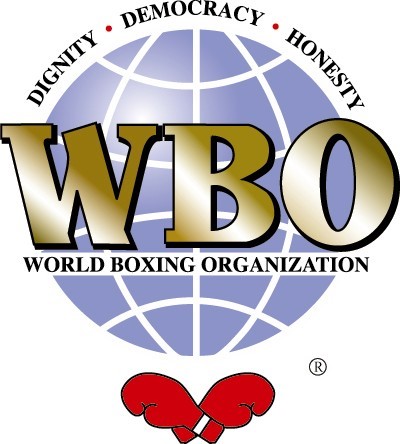 WORLD BOXING ORGANIZATION
WORLD BOXING ORGANIZATION 





.jpg)
.jpg)
.jpg)
.jpg)
.jpg)
.jpg)
.jpg)
.jpg)
.jpg)
.jpg)
.jpg)
.jpg)
.jpg)
.jpg)


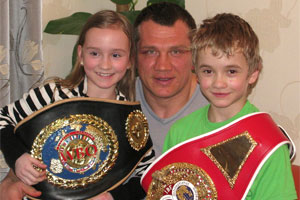

 out of place in the boxing ring. The only giveaway probably would be the WBC logo tattooed on his left arm.
out of place in the boxing ring. The only giveaway probably would be the WBC logo tattooed on his left arm.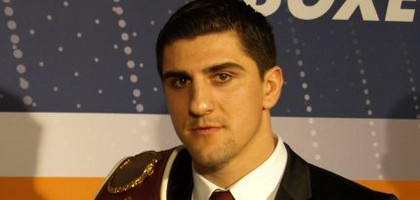
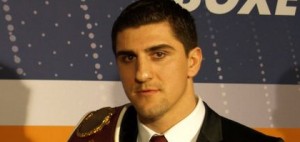
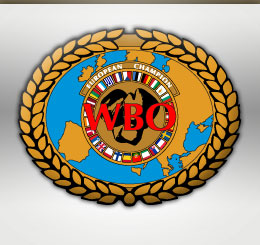
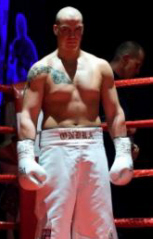
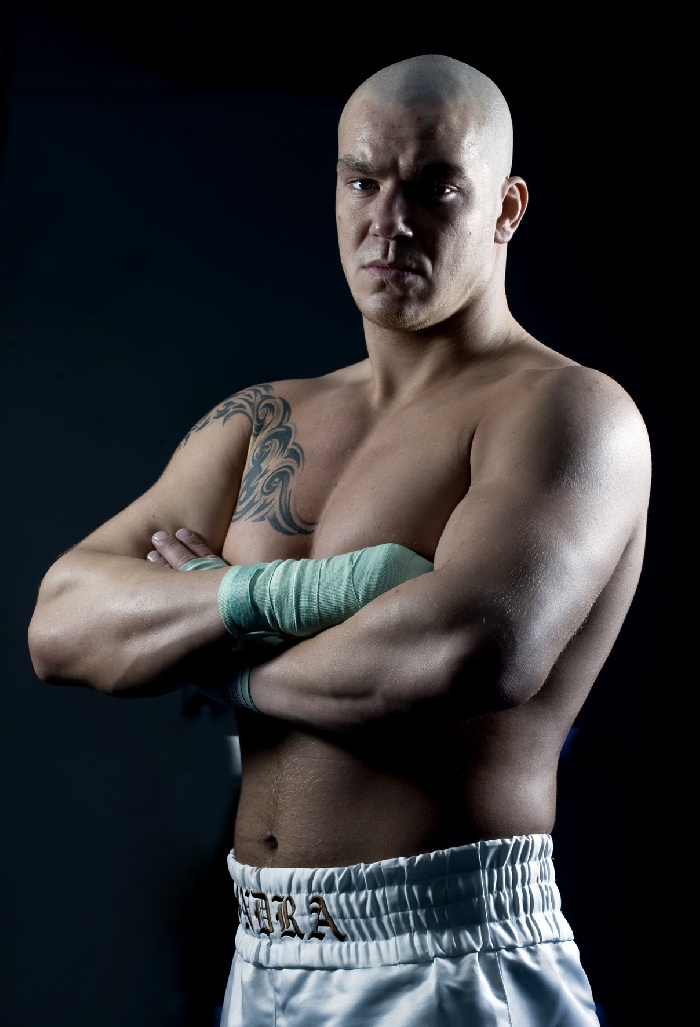
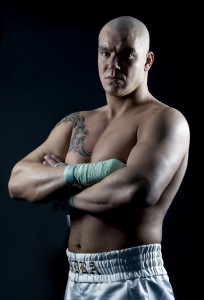
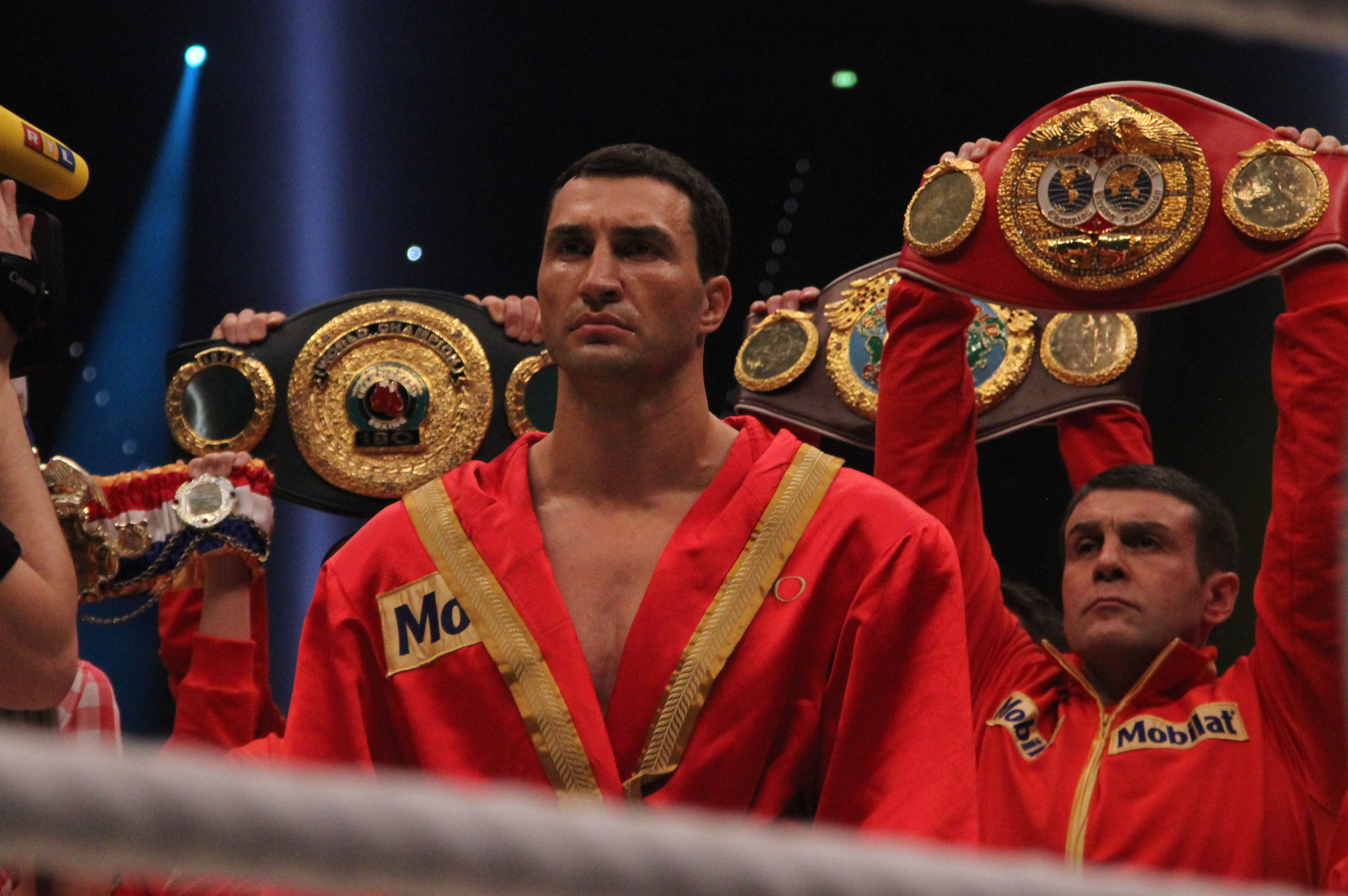
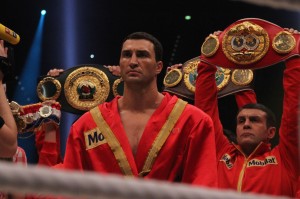
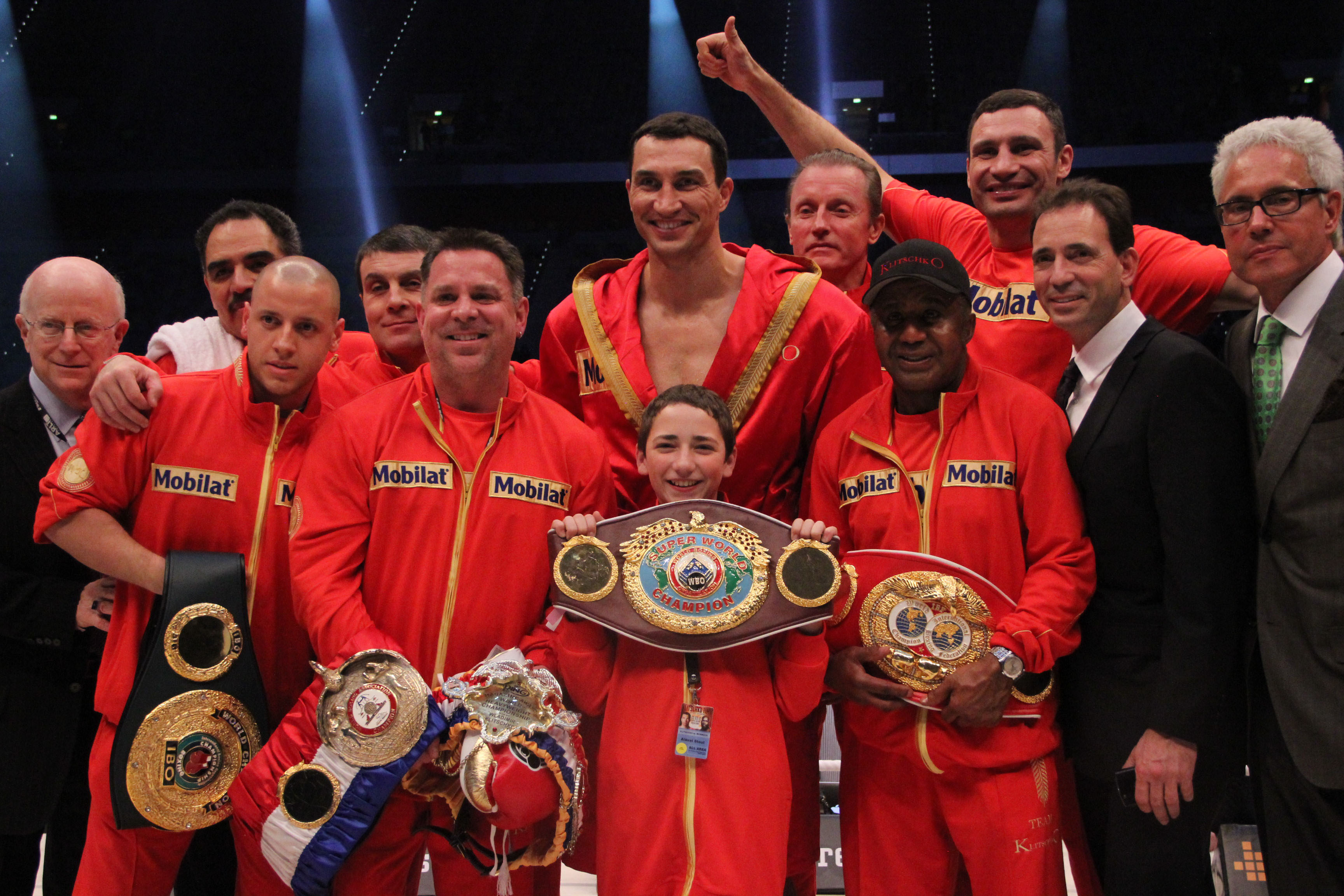
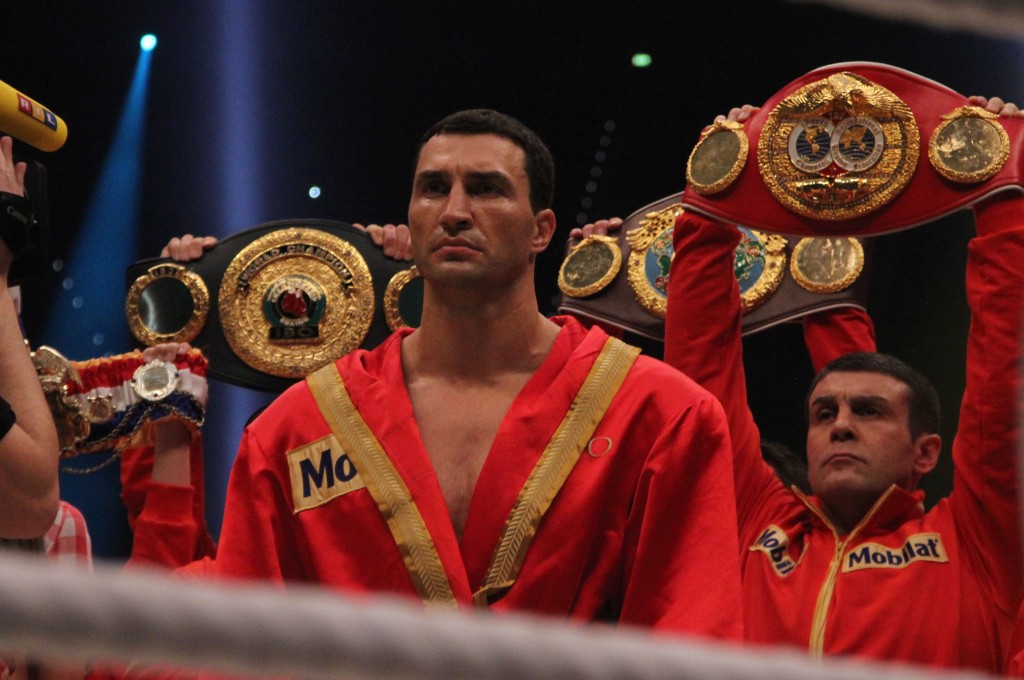
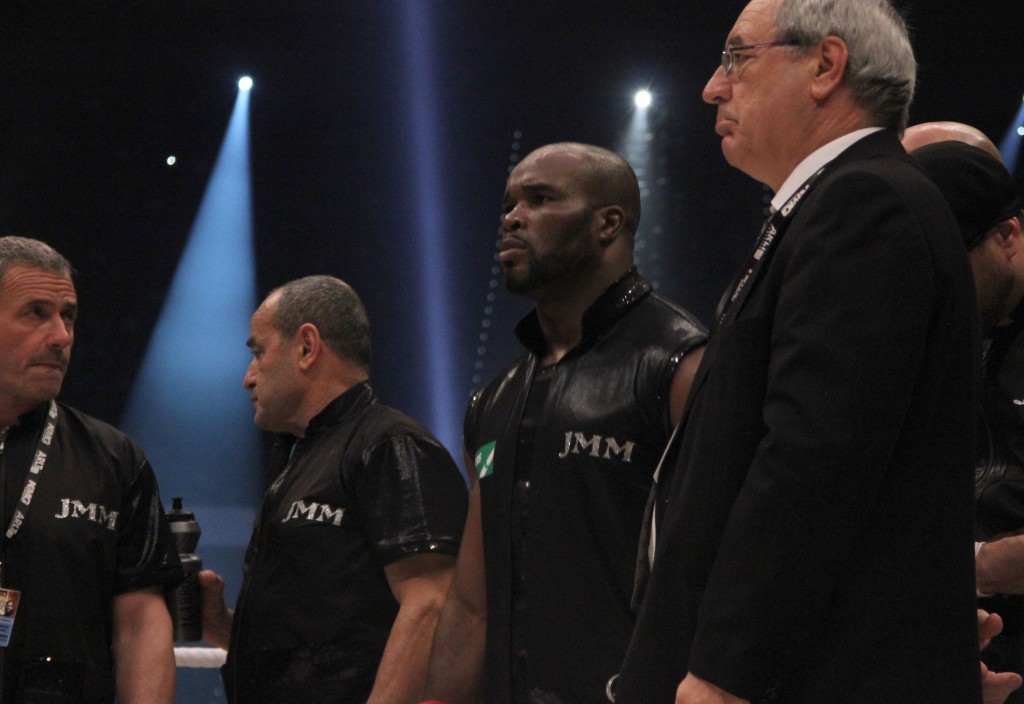

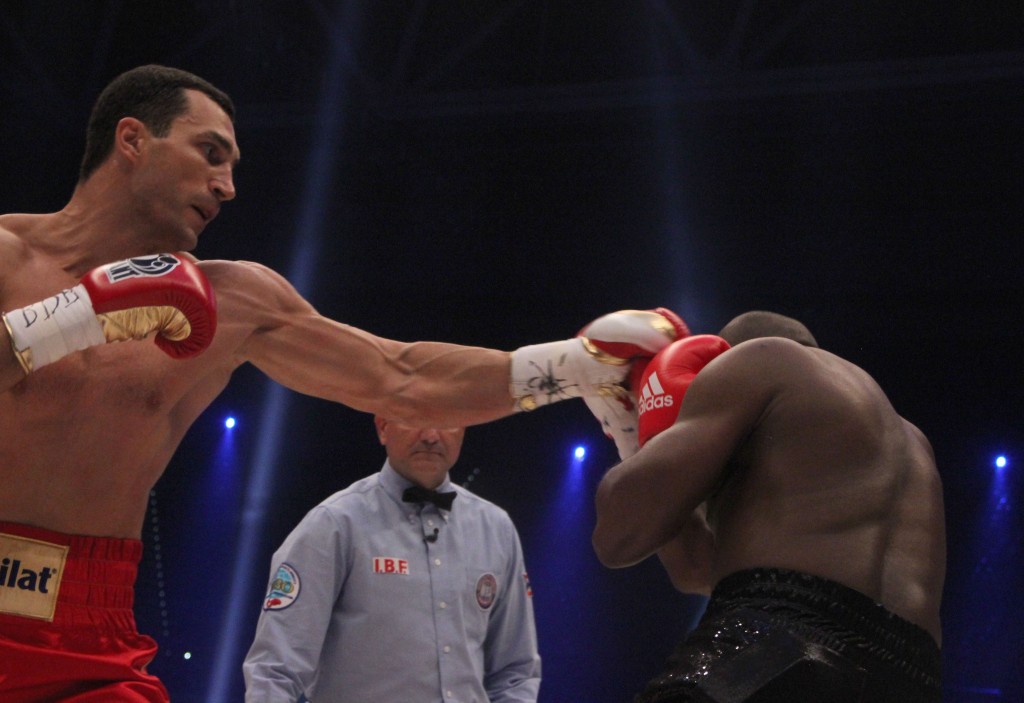
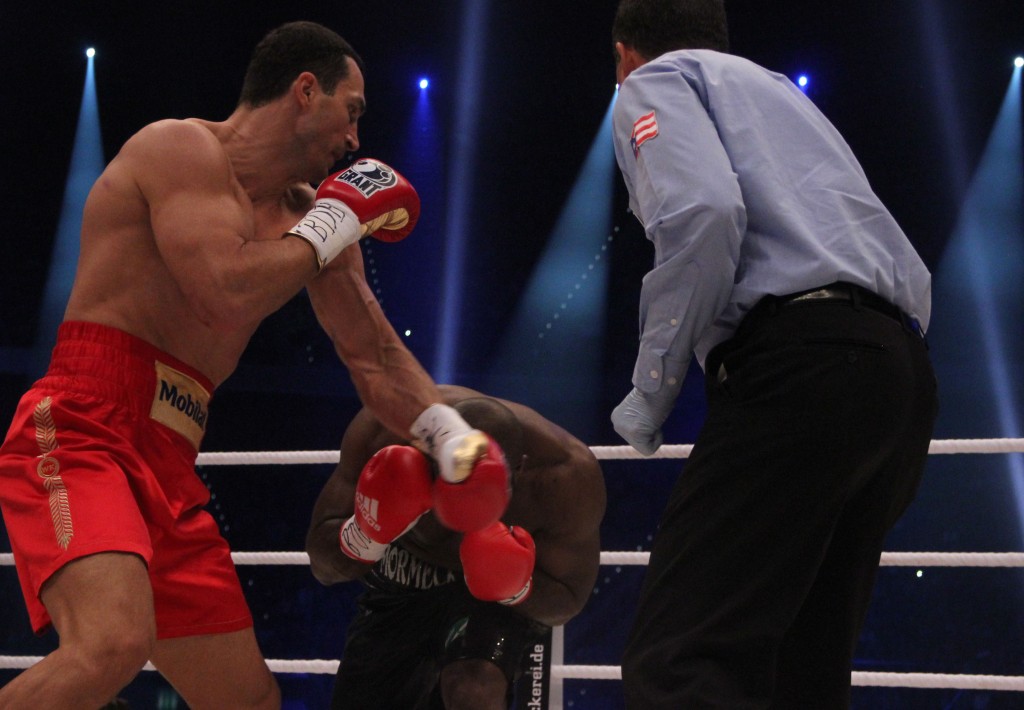
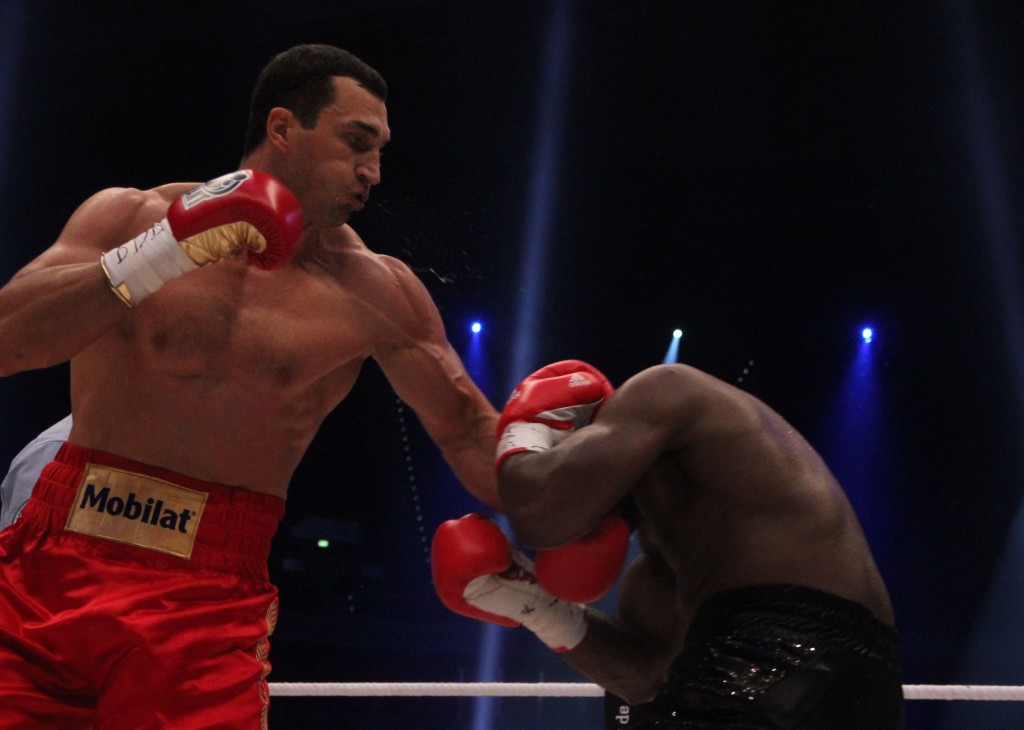
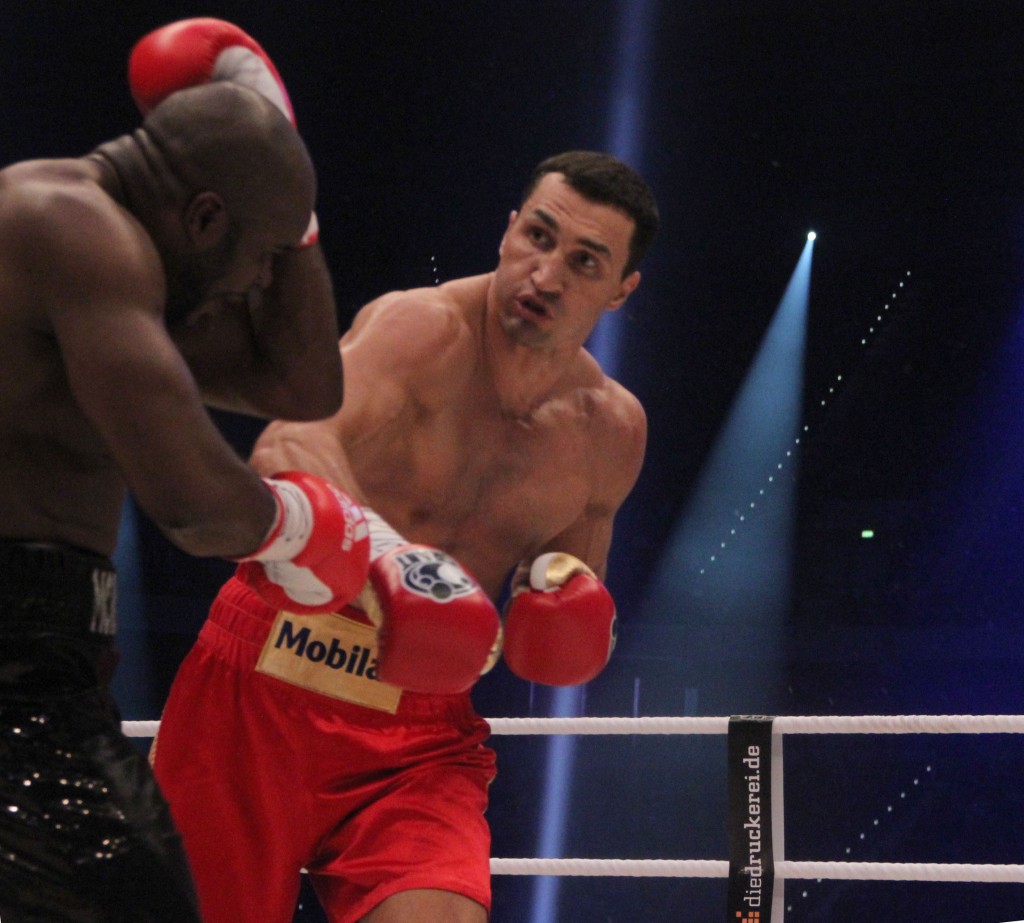
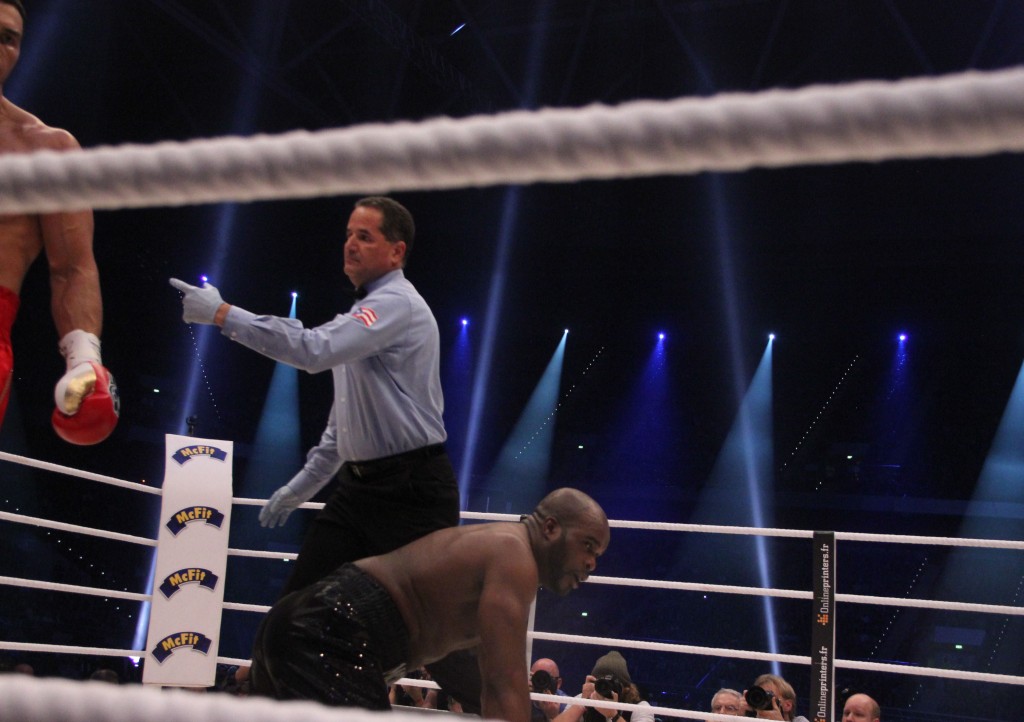
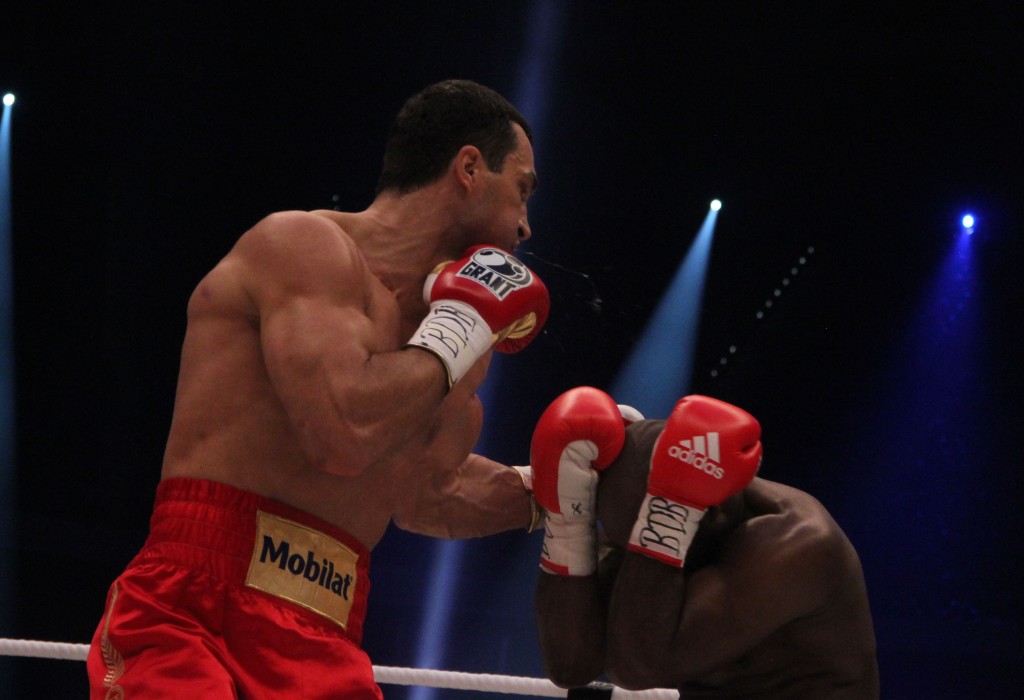
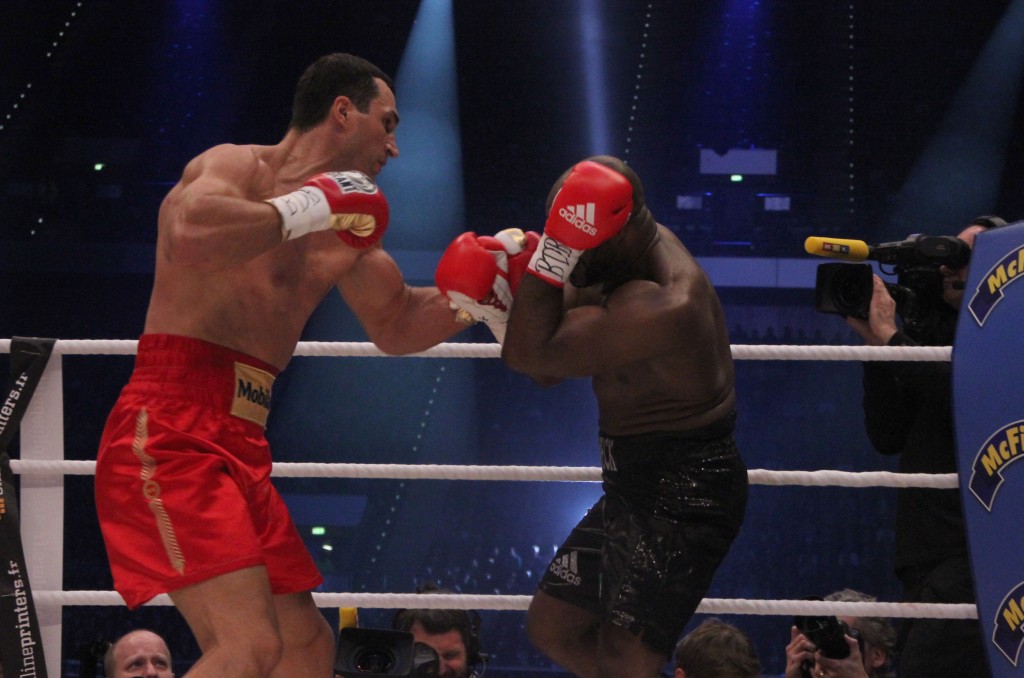
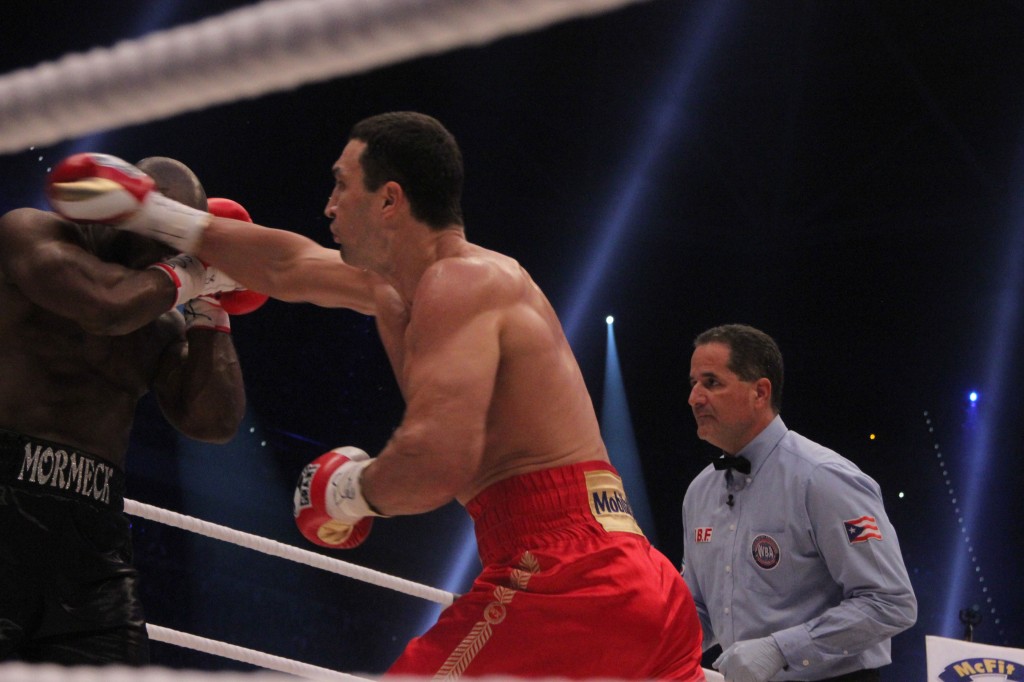



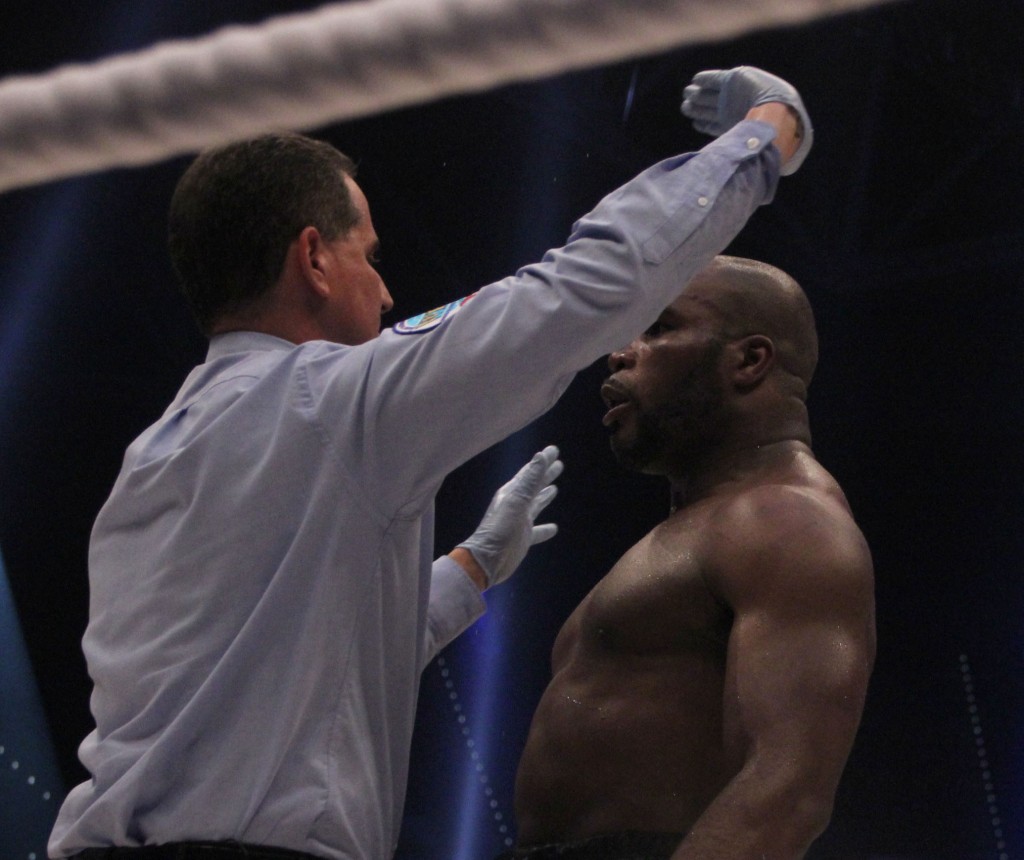
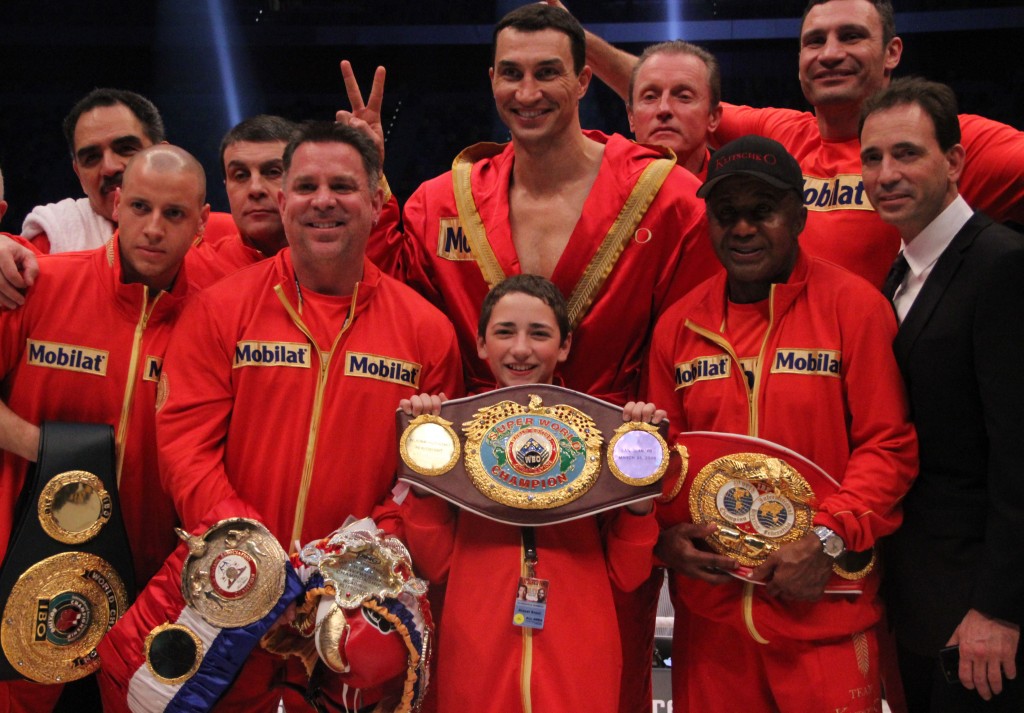
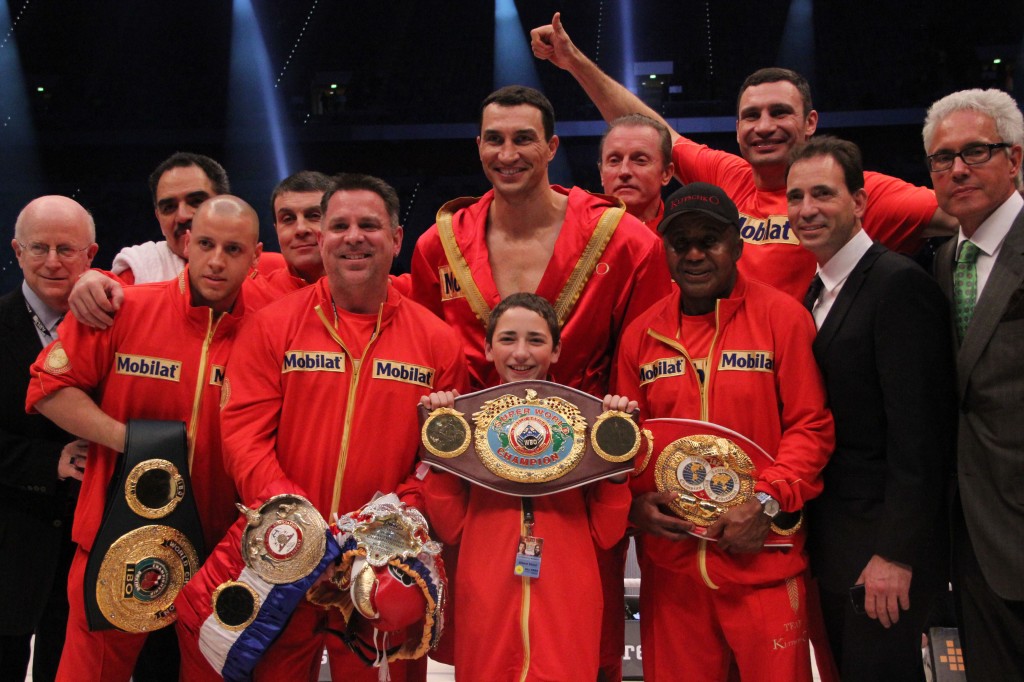

.jpg)
.jpg)
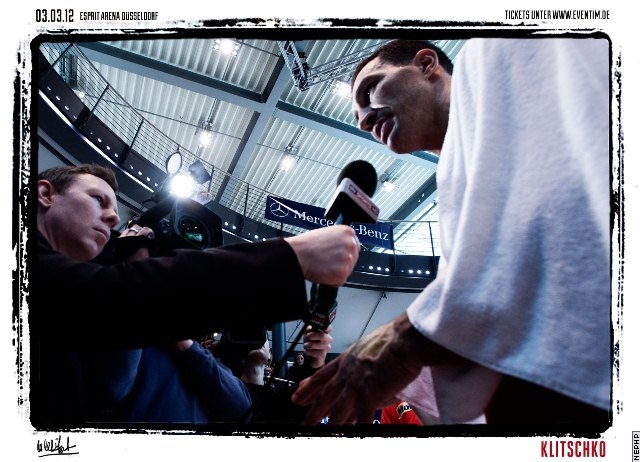










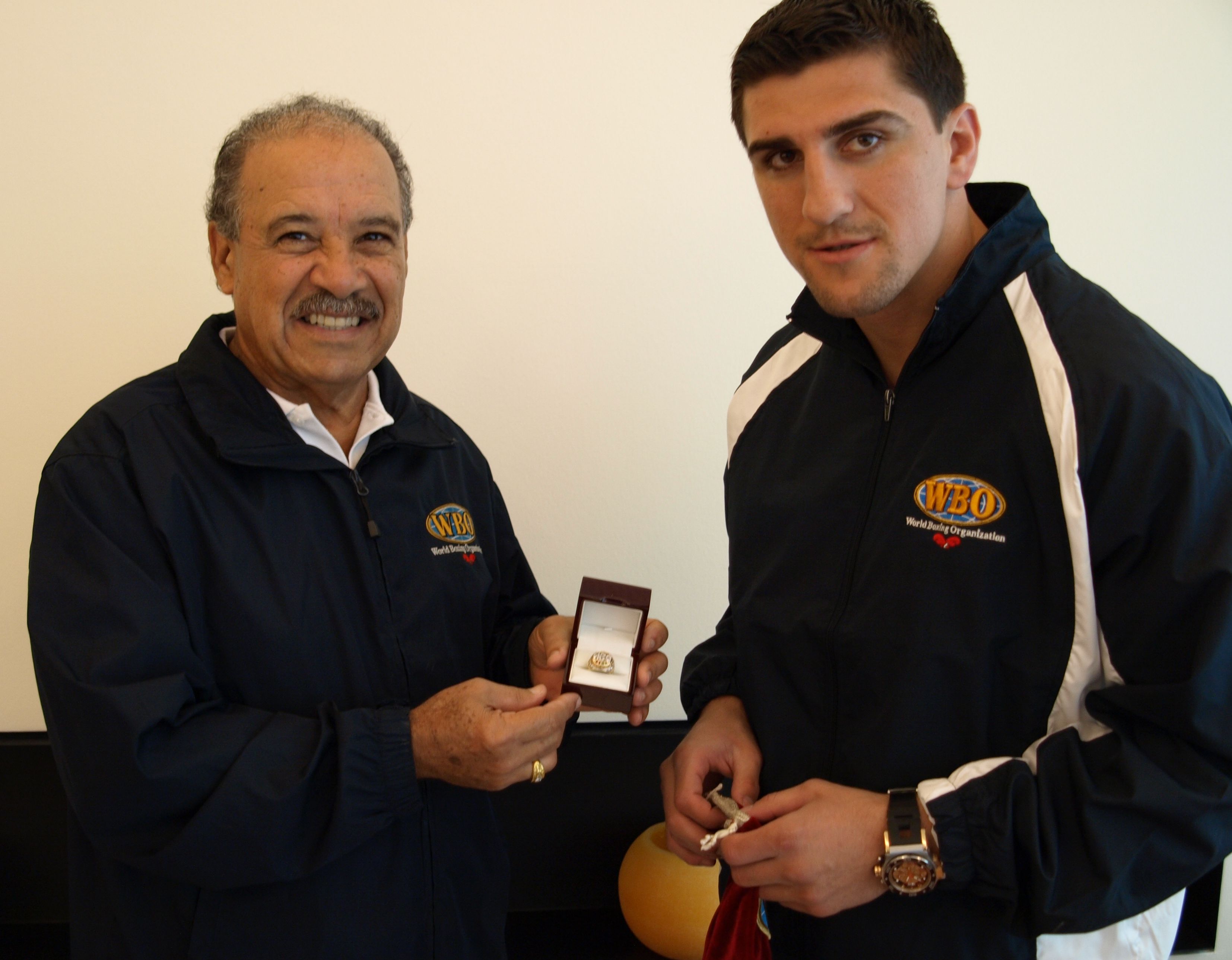

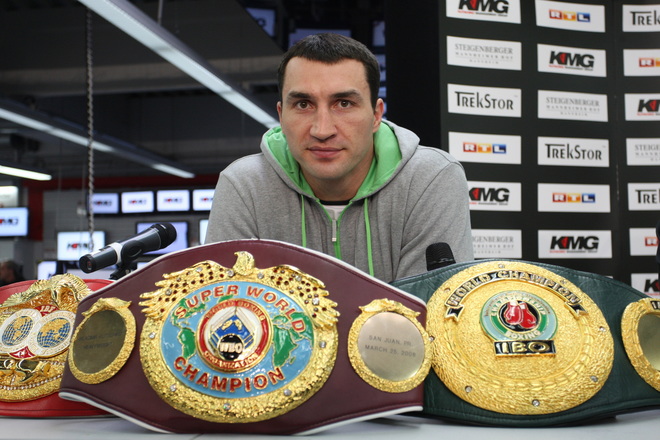
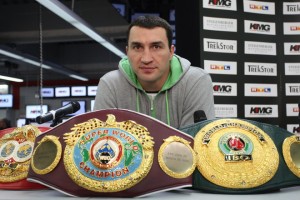
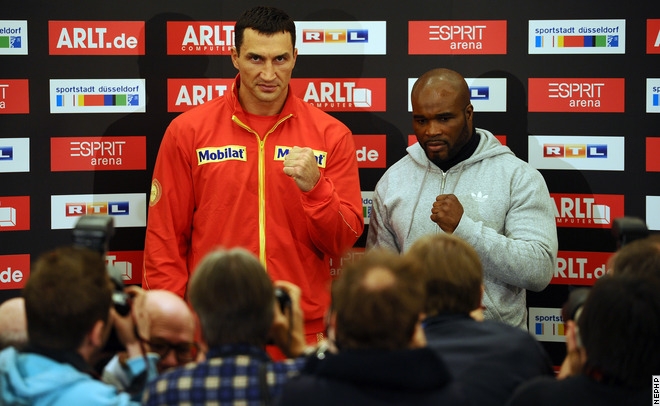
.jpg)
.jpg)
.jpg)
.jpg)
.jpg)
.jpg)
.jpg)
.jpg)
.jpg)
.jpg)
.jpg)
